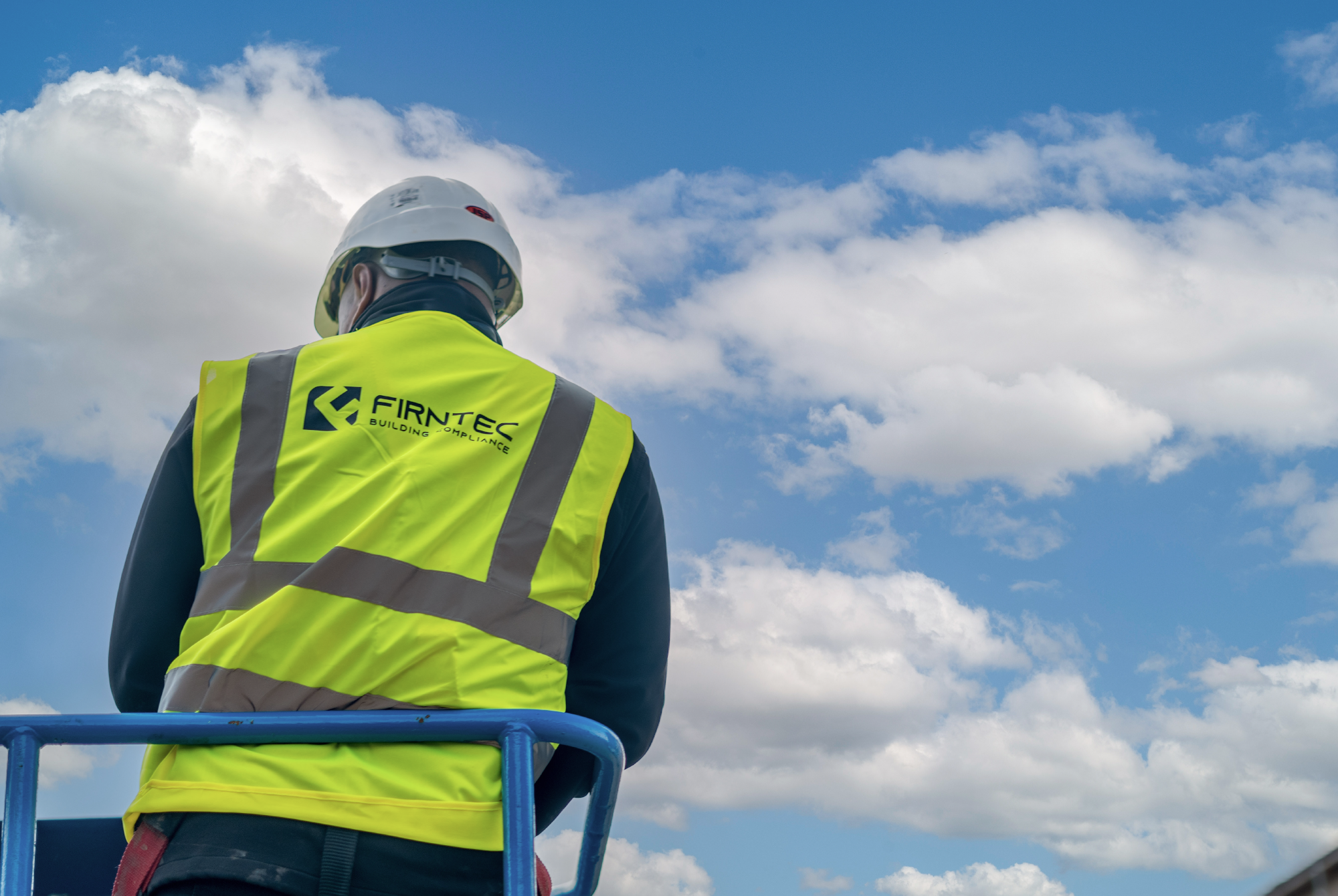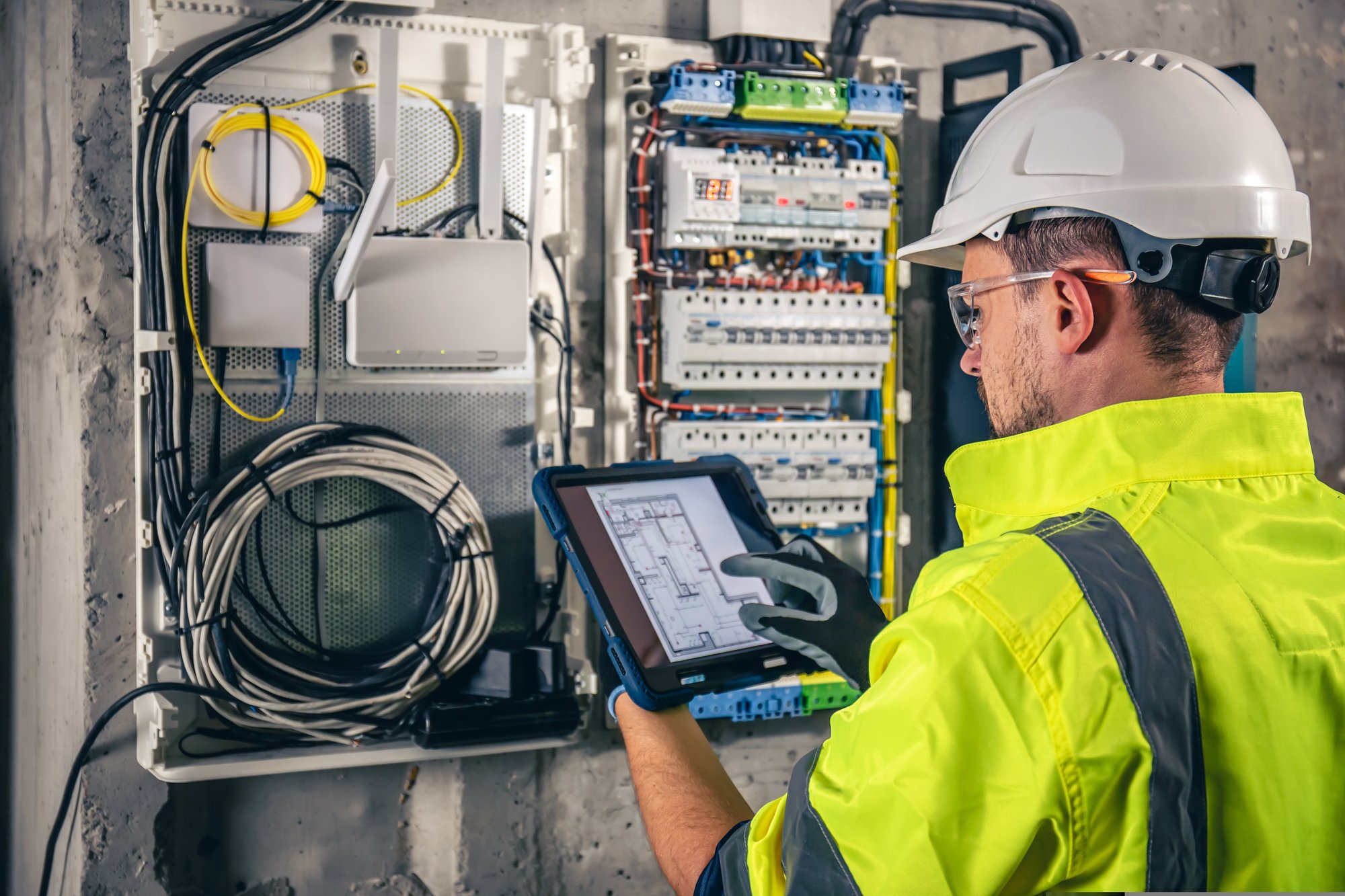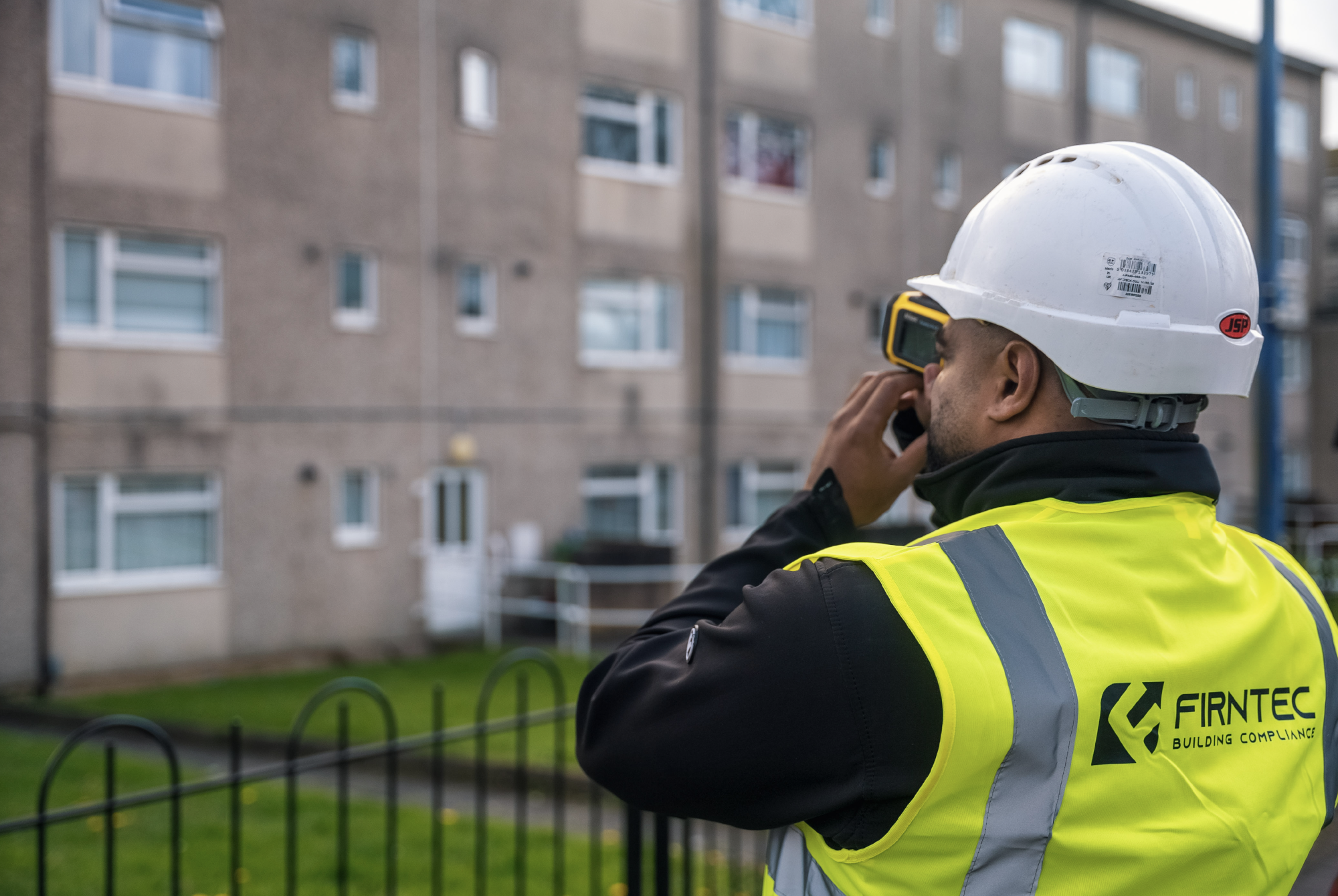
Electrical Installation Condition Report (EICR)
The Electricity at Work Regulation 1989 requires all electrical installations to be regularly inspected and tested to ensure that they are safe and comply with the latest regulations. In the UK EICRs in residential properties are primarily governed by The Electrical Safety Standards in the Private Rented Sector (England) Regulations 2020.

What is an EICR?
An Electrical Installation Condition Report (EICR) is a formal document produced following the inspection and testing of a property's fixed electrical systems. It assesses the condition and safety of electrical installations such as consumer units, wiring, sockets, and lighting circuits. The purpose of an EICR is to identify any defects or deterioration that could pose a safety risk and to confirm whether the installation complies with the current edition of the IET Wiring Regulations (BS 7671).
Why is an EICR Important?
EICRs are vital for ensuring electrical safety and preventing fire, electric shock, or system failures. For landlords, they are also a legal requirement under The Electrical Safety Standards in the Private Rented Sector (England) Regulations 2020, all rented homes in England must have a valid EICR renewed at least every five years. For commercial properties and workplaces, the Electricity at Work Regulations 1989 place a legal duty on employers and duty holders to ensure electrical systems are safe. An up-to-date EICR helps demonstrate compliance, manage risk, and ensure the safety of residents, tenants, or building users.
Essential Installation
Proper electrical installation is paramount for any building.
Regulatory Compliance
The Electricity at Work Regulation 1989 mandates regular inspections and tests to ensure safety and adherence to regulations.
Firntec Assurances
Firntec showcases expertise in ensuring building safety through thorough inspections, ensuring resident safety and code compliance.
Safe Homes
Our services guarantee the safety of both residents and buildings, with well-maintained and compliant electrical installations.

How Often Should an EICR Be Carried Out?
The recommended frequency of EICR testing depends on the type and use of the building:
- Private rented homes: Every 5 years (or at change of tenancy)
- Commercial premises: Every 5 years or as recommended by a qualified electrician
- Social housing and communal areas: Typically every 5 years
- Owner-occupied homes: Every 10 years
Regular testing ensures continued safety and supports compliance with legal and insurance requirements.
What the Inspection Covers
An EICR covers the full scope of a property’s fixed electrical installation. This includes:
- Consumer units and distribution boards
- Circuit wiring, switches, sockets, and lighting
- Protective bonding and earthing arrangements
- Residual Current Devices (RCDs) and other safety devices
- Signs of wear, overloading, or non-compliant modifications
Each finding is classified using a coding system (C1, C2, C3, or FI) to indicate the level of risk and whether urgent remedial work is required.
EICR Service
At Firntec, our qualified engineers carry out thorough EICR inspections in line with BS 7671. We provide clear, jargon-free reports outlining any defects found, each coded by severity:
- C1 – Immediate danger, requires urgent action
- C2 – Potentially dangerous, needs prompt attention
- C3 – Improvement recommended
- FI – Further investigation required
We work closely with clients to schedule remedial works where needed, helping you maintain safe, compliant properties while minimising disruption.



